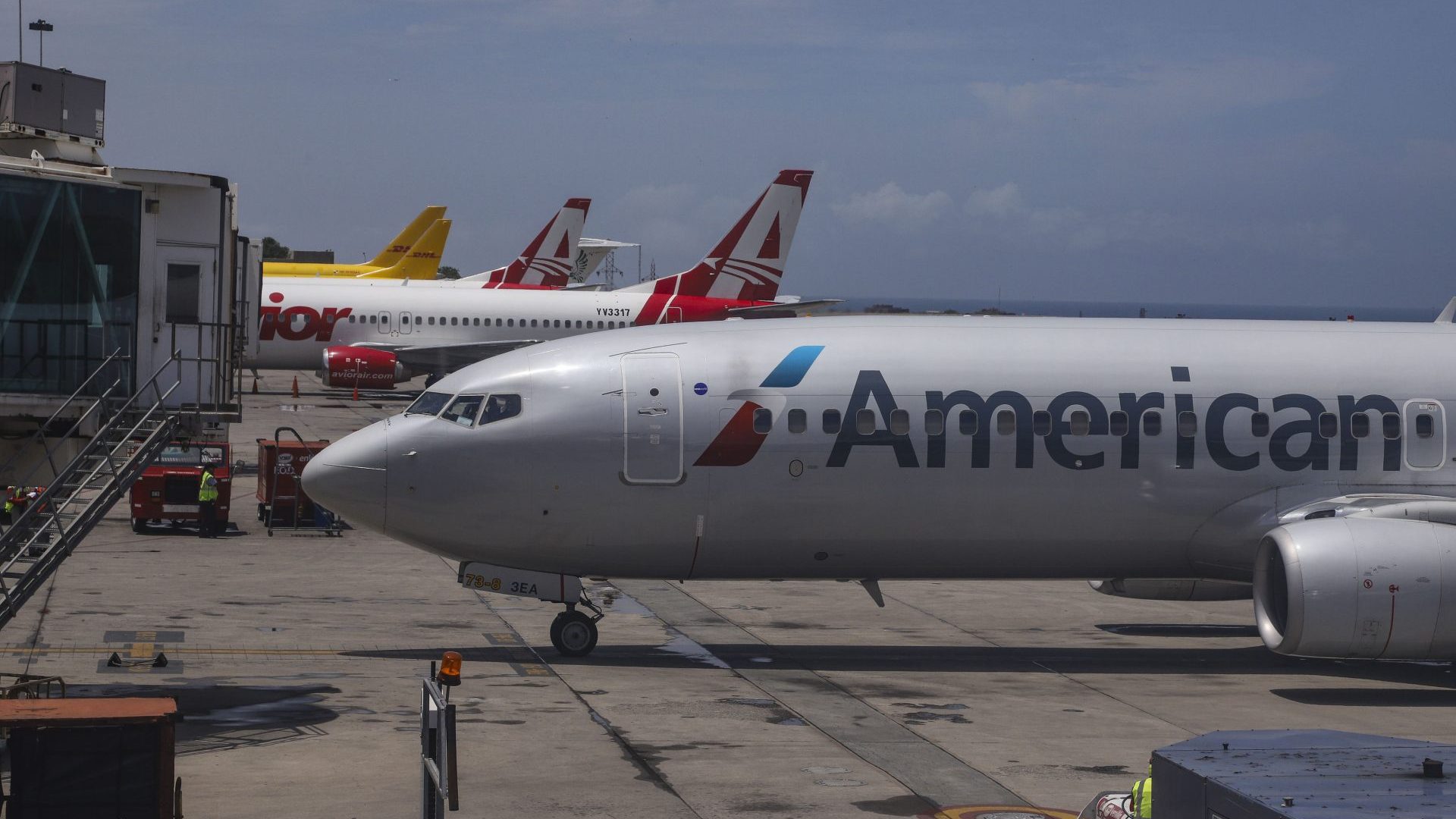

We may earn revenue from the products available on this page and participate in affiliate programs. Learn more ›
Boeing’s once illustrious image as the paragon of safety, reliability, and trust in the aerospace field has now all but corroded away over the company’s mishandling of the 737 MAX scandal. After two high-profile 737MAX crashes, subsequent investigations that unveiled the likely cause was the lack of an “optional” safety technology, and a number of reports that Boeing was well-aware of the 737 MAX issue two years prior to the crashes, the FAA has released an additional advisory stating that nearly 400 Boeing 737 planes worldwide may have defective wing components.
According to the bulletin sent out by FAA, during the course of the investigation into the 737 MAX flight failures, Boeing recently informed the Federal Aviation Administration that 377 of the company’s planes worldwide were equipped with a number of supplier-provided parts that could be “susceptible to premature failure or cracks resulting from the improper manufacturing process.” Boeing says that up to 148 individual parts from one of its “sub-tier” suppliers were singled out and are believed to be faulty. One such part that could be prone to fail is the 737’s leading edge slat track, a piece of hardware that attaches the retractable leading edge to the hard-mounted wing.
Although Boeing states that all of its aircraft are still safe to fly—an issuance reminiscent of statements made just before the second 737 MAX crash—the FAA issued an Airworthiness Directive that mandates Boeing find, remove, and replace the “discrepant parts from service.” Boeing told the FAA that 32 737 NG and 33 737 MAX airplanes in the United States are affected by this recent parts issue, while 133 737 NG and 179 737 MAX are affected worldwide. As far as right now, only the 737 NG remains flying; the worldwide 737 MAX fleet remains grounded until Boeing can illustrate that the airplane is once again safe to fly.
This latest directive, however, could change Boeing’s flightworthy fleet as the FAA’s edict states that operators and Boeing have just 10 days to “identify and remove” the affected parts. That process could ground the remaining 737 NG line of airplanes as removal and replacement aren’t likely similar to changing a lightbulb in your house. Further, the FAA’s advisory comes at an inopportune time for Boeing, not just because it’s attempting to repair its reputation, but because the company is in the process of recertifying the 737 MAX’s flight status.
Tests have been ongoing over the last month, but while talks in the U.S. with the FAA have been promising, worldwide recertification hasn’t been as rosy with the European Union and others as trust in regulators has fallen after they failed to identify the issues previously. The EU’s Transport Commissioner Violeta Bulc told Reuters, “We always work together with other regulators and we certainly will take joint moves, but EASA will reserve the right to take an individual look at the results and then of course engage with the rest of the regulators.” Singapore Airline’s CEO Goh Choon Phong went even further with his reservations, telling Reuters, “Obviously for us to operate the MAX, the approval from the Singapore authorities is not enough.”
You can read the entirety of the FAA bulletin here.
